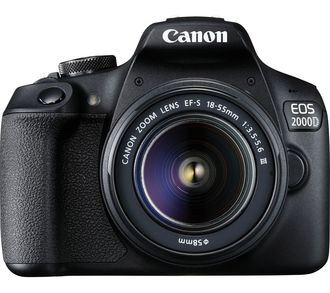The Canon 2000D camera, also known as the Canon Rebel T7, is a powerful DSLR (Digital Single-Lens Reflex) camera that boasts an impressive resolution of 25.1 megapixels. This high-resolution sensor enables the capture of fine details with remarkable clarity, ensuring stunning image quality.
When it comes to astrophotography, utilizing longer exposure times becomes essential in order to capture faint celestial objects and intricate details that may not be visible with shorter exposure durations. By employing longer exposures, typically on the order of 20 seconds or more, the camera's sensor can gather more light, allowing for the recording of elusive details and enhancing the overall sensitivity of the image.
To further enhance the image quality, it is highly recommended to acquire multiple images and then combine them through a process known as image stacking. Image stacking involves aligning and combining several individual frames, which effectively reduces random noise and improves the overall signal-to-noise ratio of the final image.
By summing multiple images, the random noise introduced during the image acquisition process can be significantly reduced, resulting in a cleaner and more detailed final image. This technique is particularly effective in astrophotography, where the goal is to capture and reveal the subtle details and structures present in celestial objects.
By leveraging the capabilities of the Canon 2000D DSLR camera, including its high resolution and the ability to capture long exposures, and employing advanced image stacking techniques, we can achieve exceptional results in astrophotography, capturing the beauty and intricacies of the cosmos with remarkable clarity and detail.
